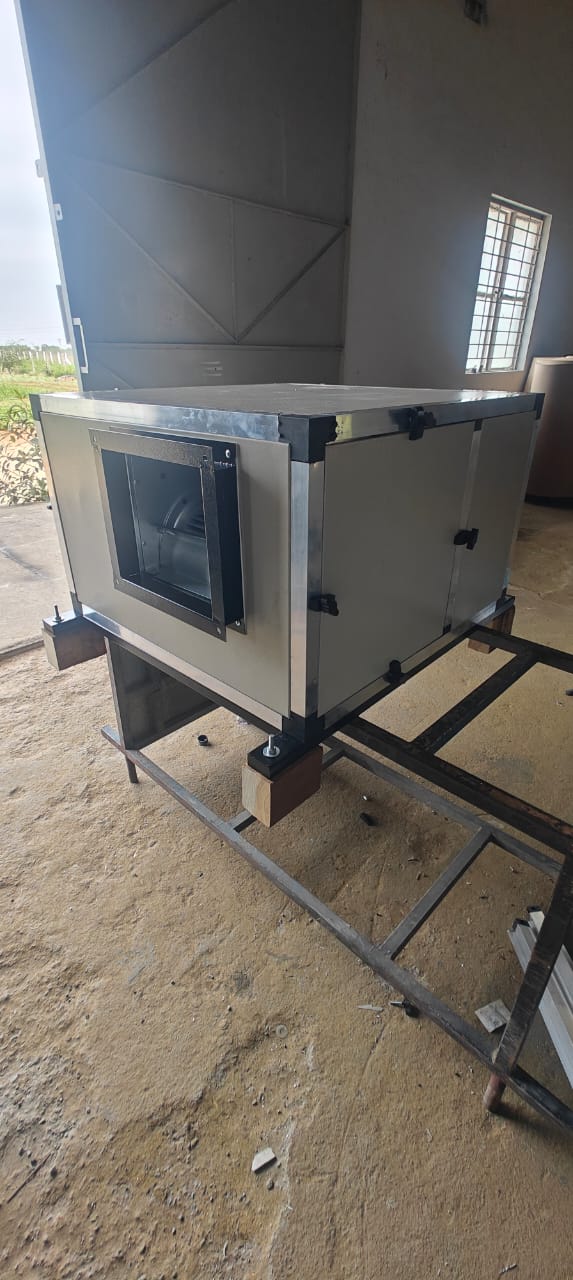Chiller Trends and Innovations
A few trends and innovations are forming the chiller industry, driven by the require for expanded energy efficiency, environmental sustainability, and enhanced performance. Chiller Trends and Innovations, Here are a few notable trends and innovations:
Variable Speed Technology:
- Chillers prepared with variable speed compressors and pumps are getting to be increasingly well known. Variable speed drives alter the speed of the compressor and other components based on real-time cooling request, driving to critical energy savings and improved part-load efficiency.
Low-GWP Refrigerants:
- With developing concerns around climate change and regulations pointed at lessening greenhouse gas emissions, there’s a move towards utilizing low-global warming potential (GWP) refrigerants in chillers. Producers are creating chillers that utilize alternative refrigerants with lower environmental impact, such as hydrofluoroolefins (HFOs) and normal refrigerants like ammonia and CO2.
Efficient Heat Exchanger Designs:
- Developments in heat exchanger innovation are progressing heat exchange effectiveness and decreasing energy consumption in chillers. Improved surface geometries, microchannel heat exchangers, and progressed coatings are among the advancements pointed at maximizing heat transfer whereas minimizing pressure drop and fouling.
Smart Controls and IoT Integration:
- Chillers are progressively prepared with smart controls and associated highlights that empower remote monitoring, predictive maintenance, and optimization of chiller execution. Internet of Things (IoT) platforms and information analytics instruments give insights into chiller operation, permitting for proactive maintenance and energy management strategies.
Modular and Scalable Designs:
- Modular chiller systems offer adaptability and adaptability, permitting users to include or evacuate modules based on changing cooling requests. This measured approach encourages easier establishment, support, and development of chiller systems, making them reasonable for a wide range of applications and building sizes.
Energy Recovery Systems:
- Chiller systems coordinates with energy recovery advances can capture squander heat from the chiller’s refrigeration cycle and utilize it for heating applications, such as space heating or water heating. This empowers made strides generally system proficiency and decreases energy consumption and working costs.
Hybrid Cooling Systems:
- Hybrid cooling systems combine different cooling innovations, such as chillers, evaporative cooling, and free cooling, to optimize energy proficiency and reliability. By leveraging the points of interest of each cooling strategy, hybrid systems can adjust to changing environmental conditions and load requests whereas minimizing energy utilization.
Green Building Certifications and Standards:
- There’s a developing emphasis on supportability and energy productivity in building plan and development. Chillers that meet green building certifications, such as LEED (Leadership in Energy and Environmental Design), and comply with energy productivity guidelines, such as ASHRAE 90.1, are progressively looked for after within the market.
These patterns and innovations reflect progressing efforts inside the chiller industry to improve execution, decrease environmental affect, and meet the advancing needs of customers and administrative requirements. As innovation proceeds to development, able to anticipate advance developments in chiller plan, effectiveness, and sustainability within the years to come.


